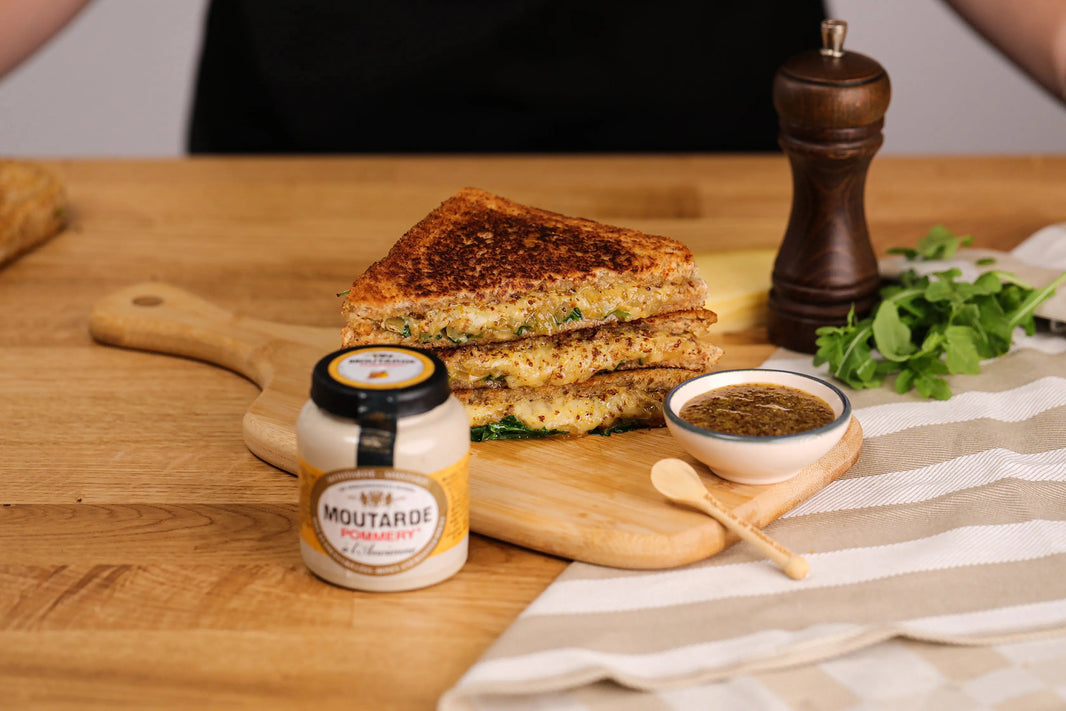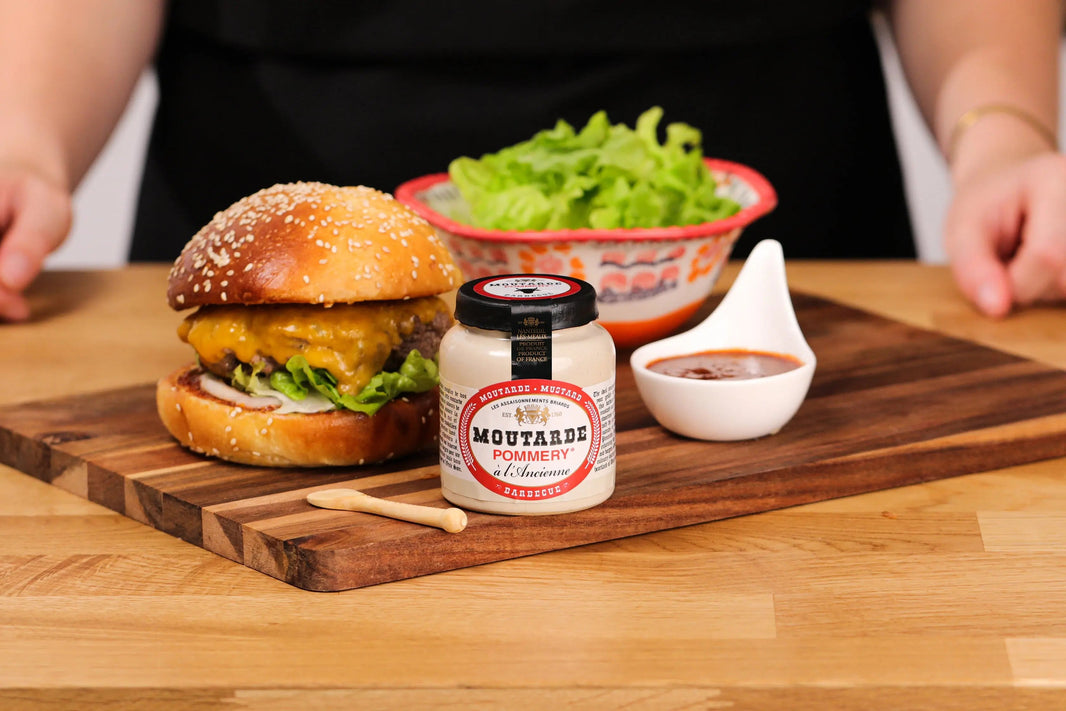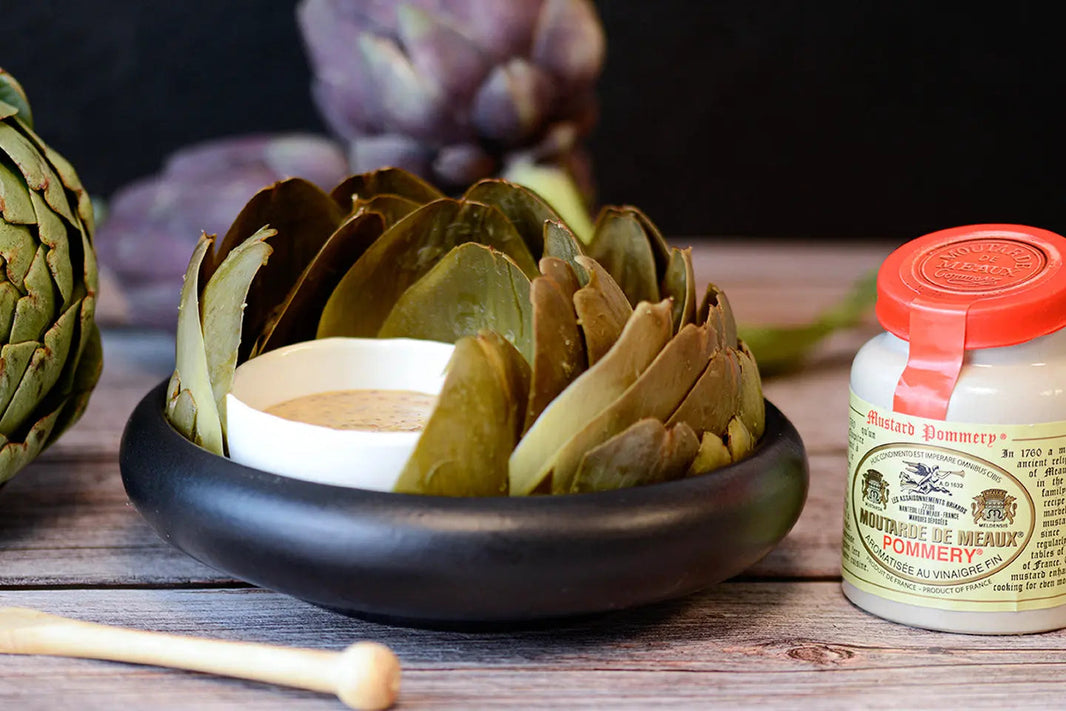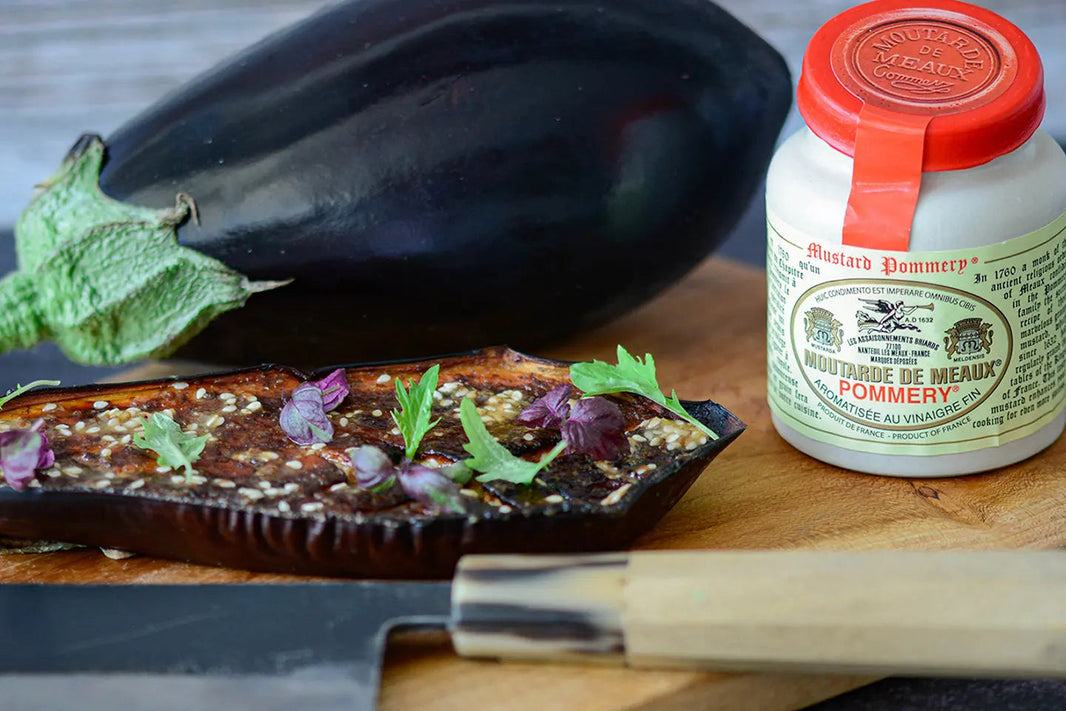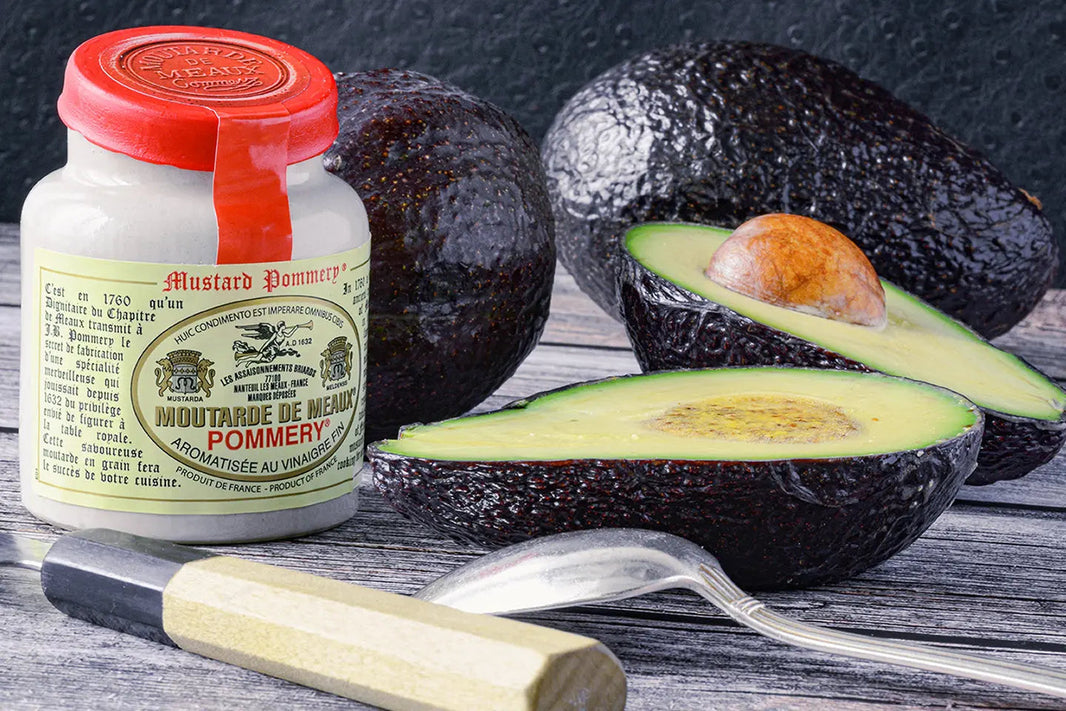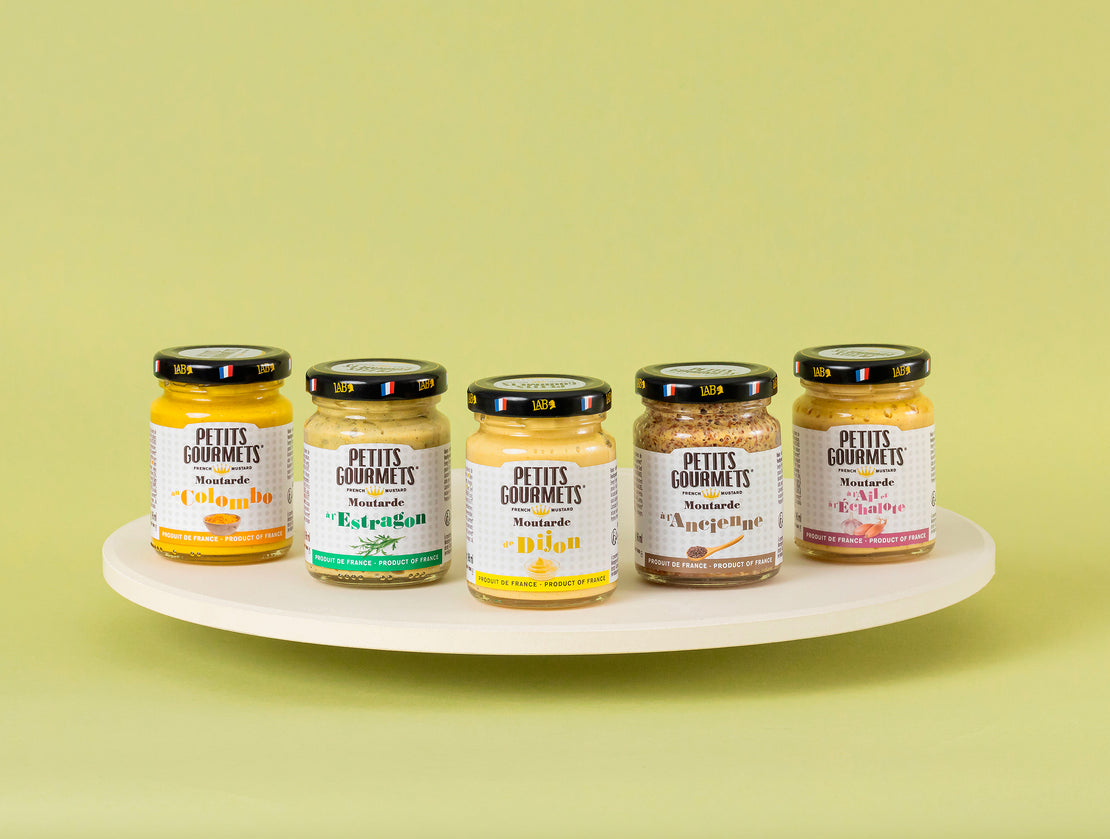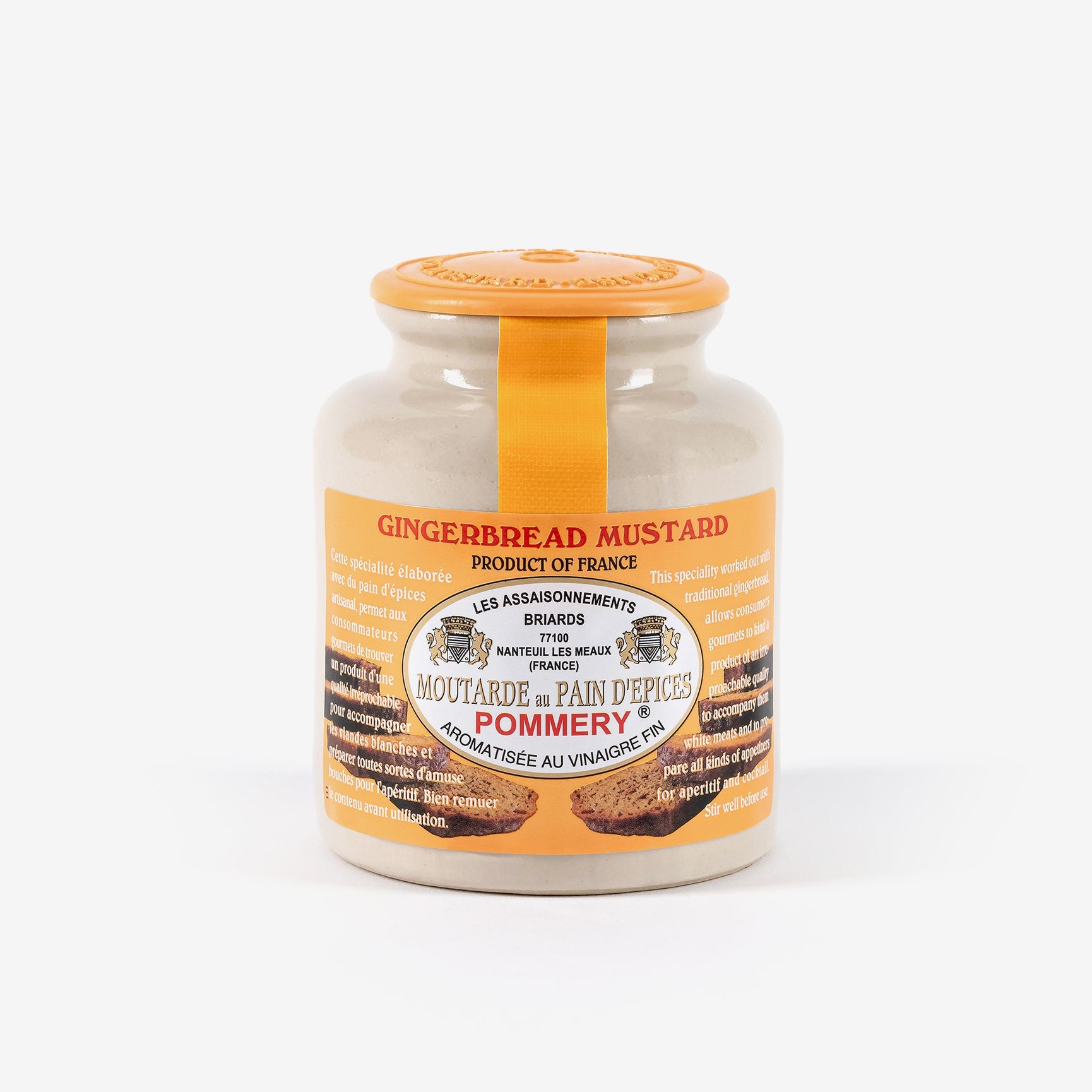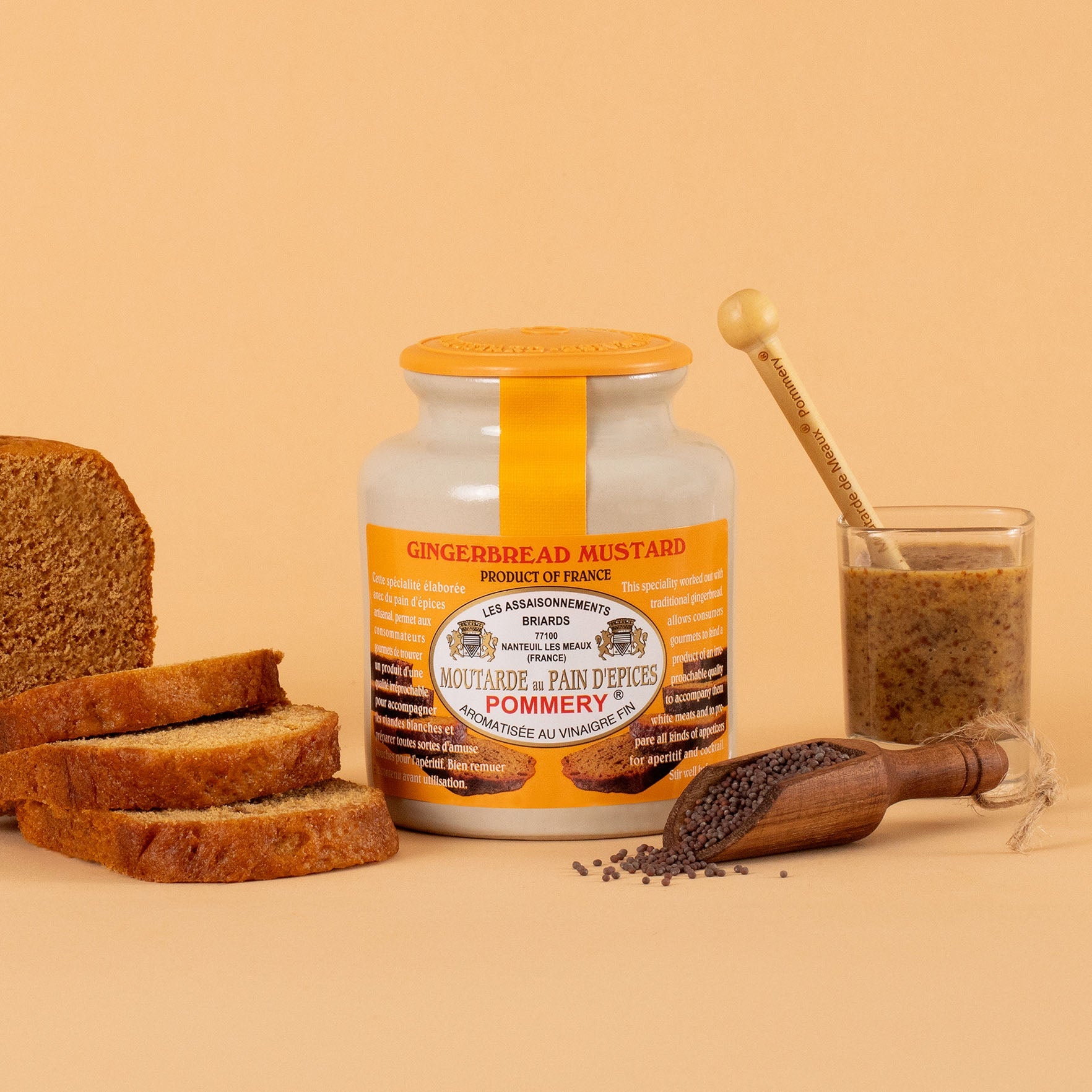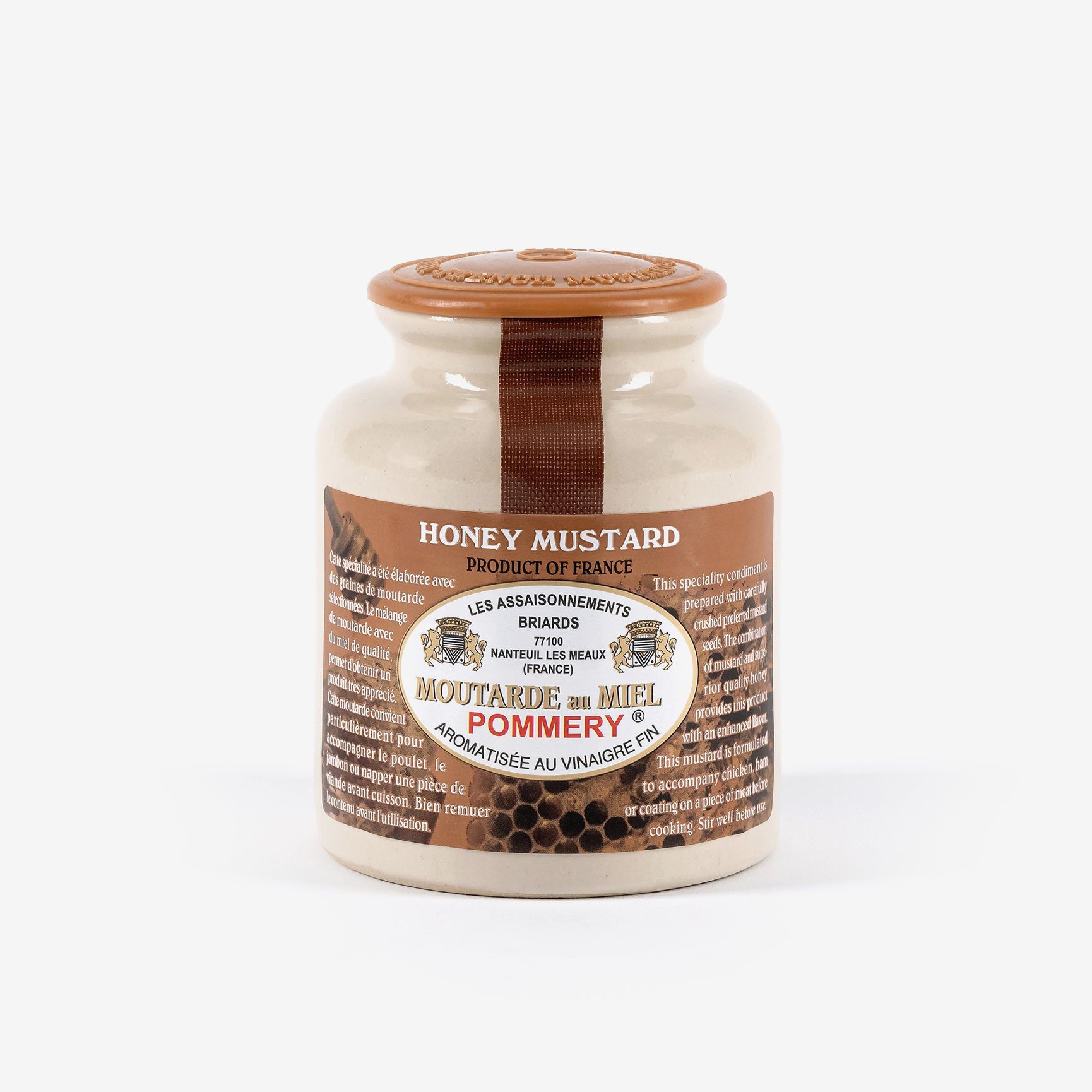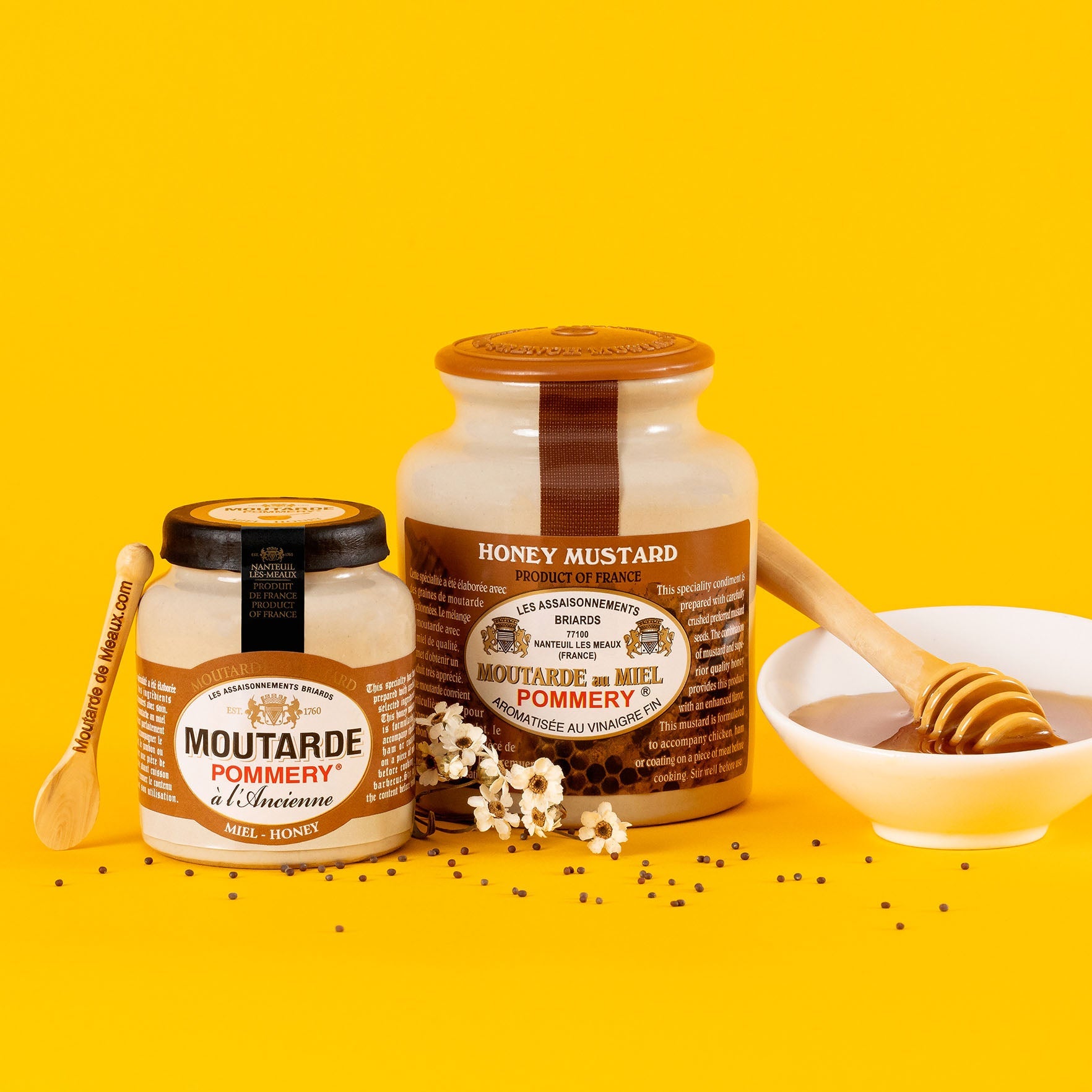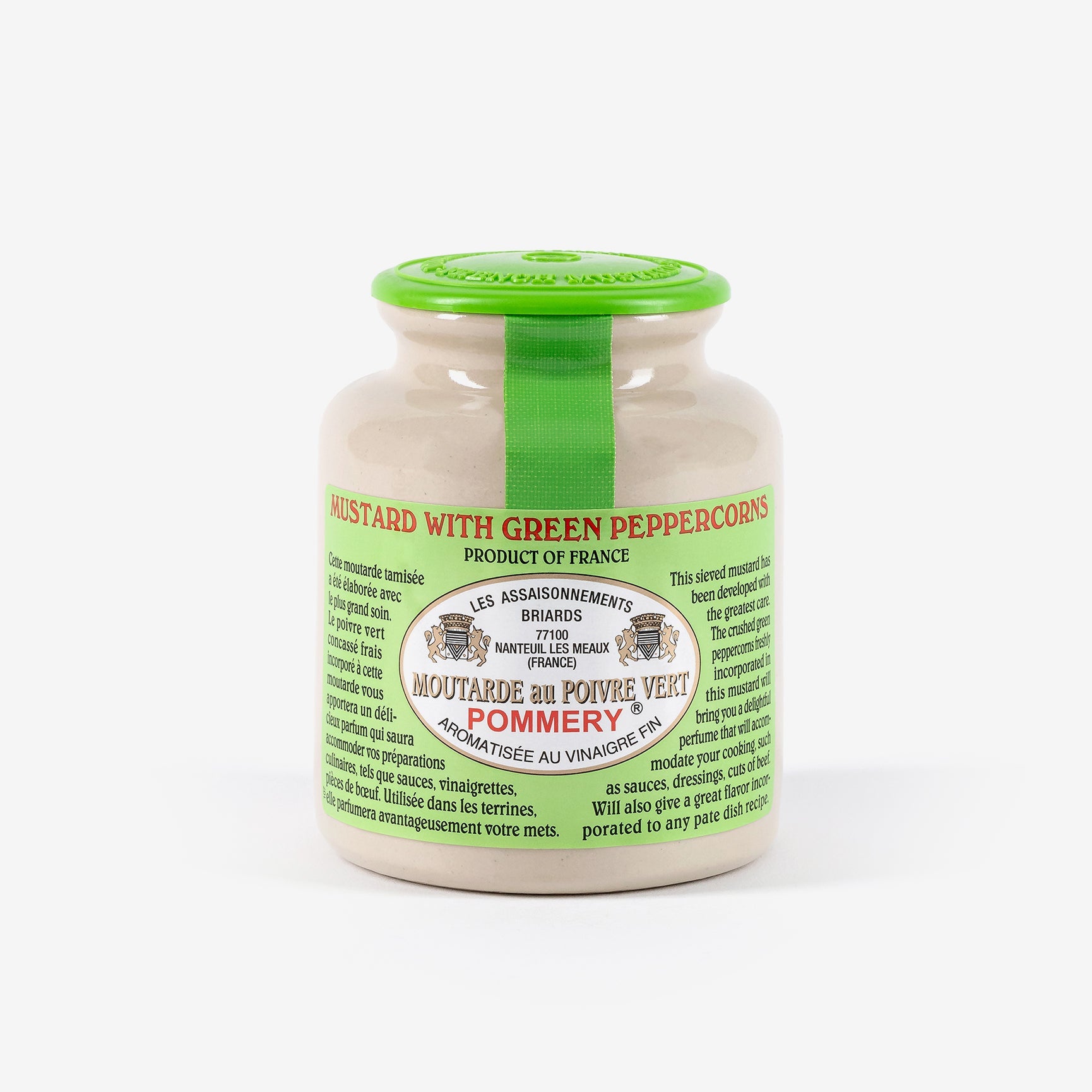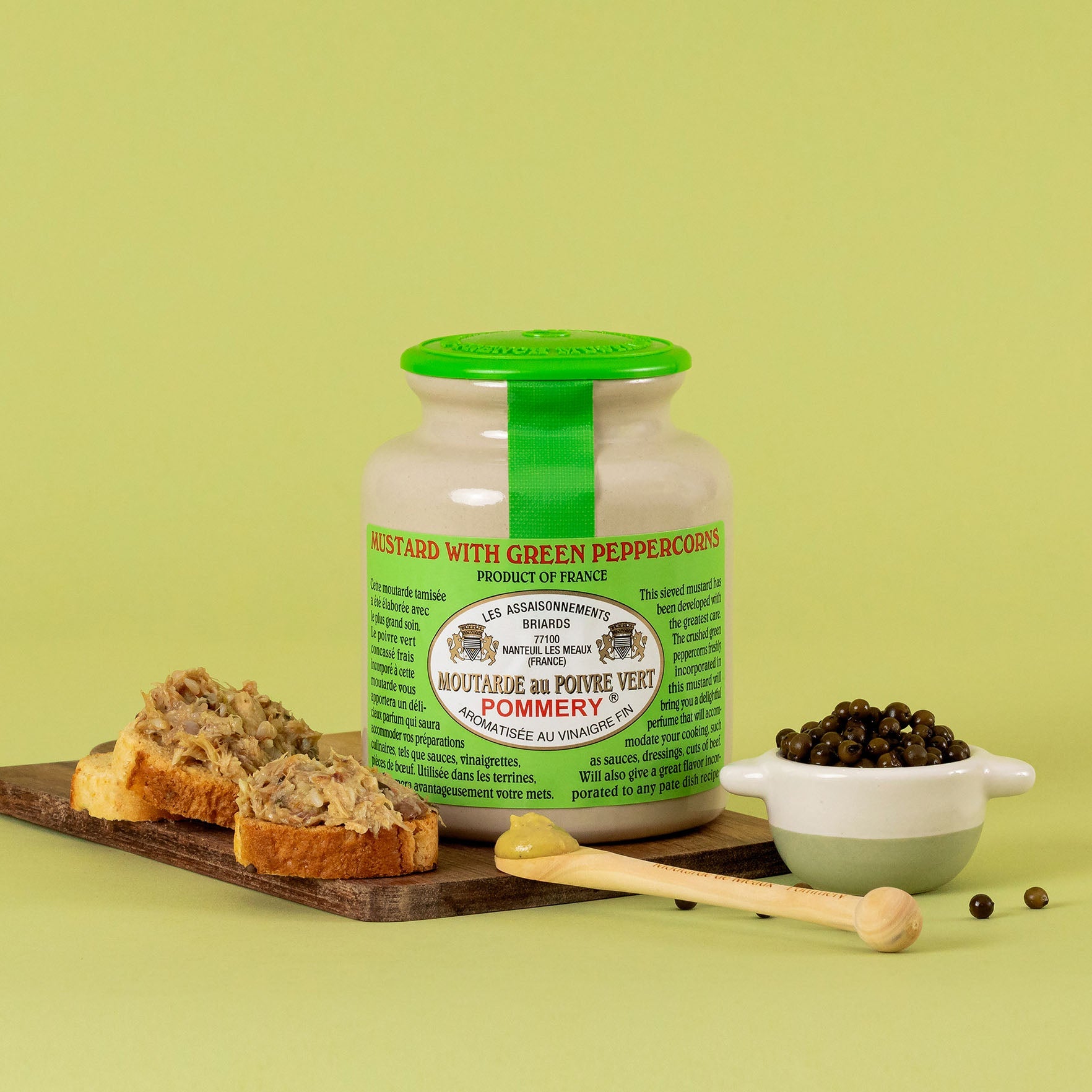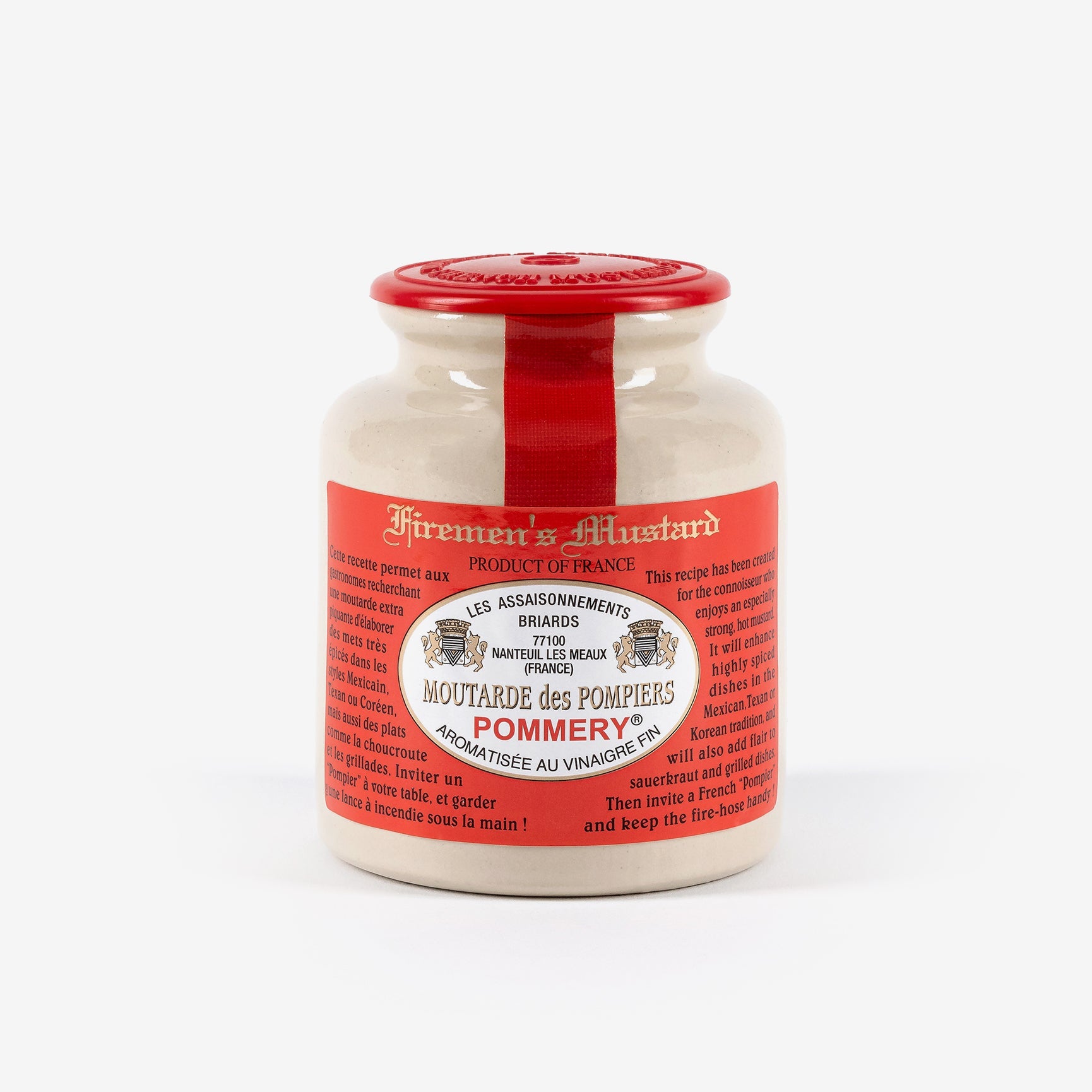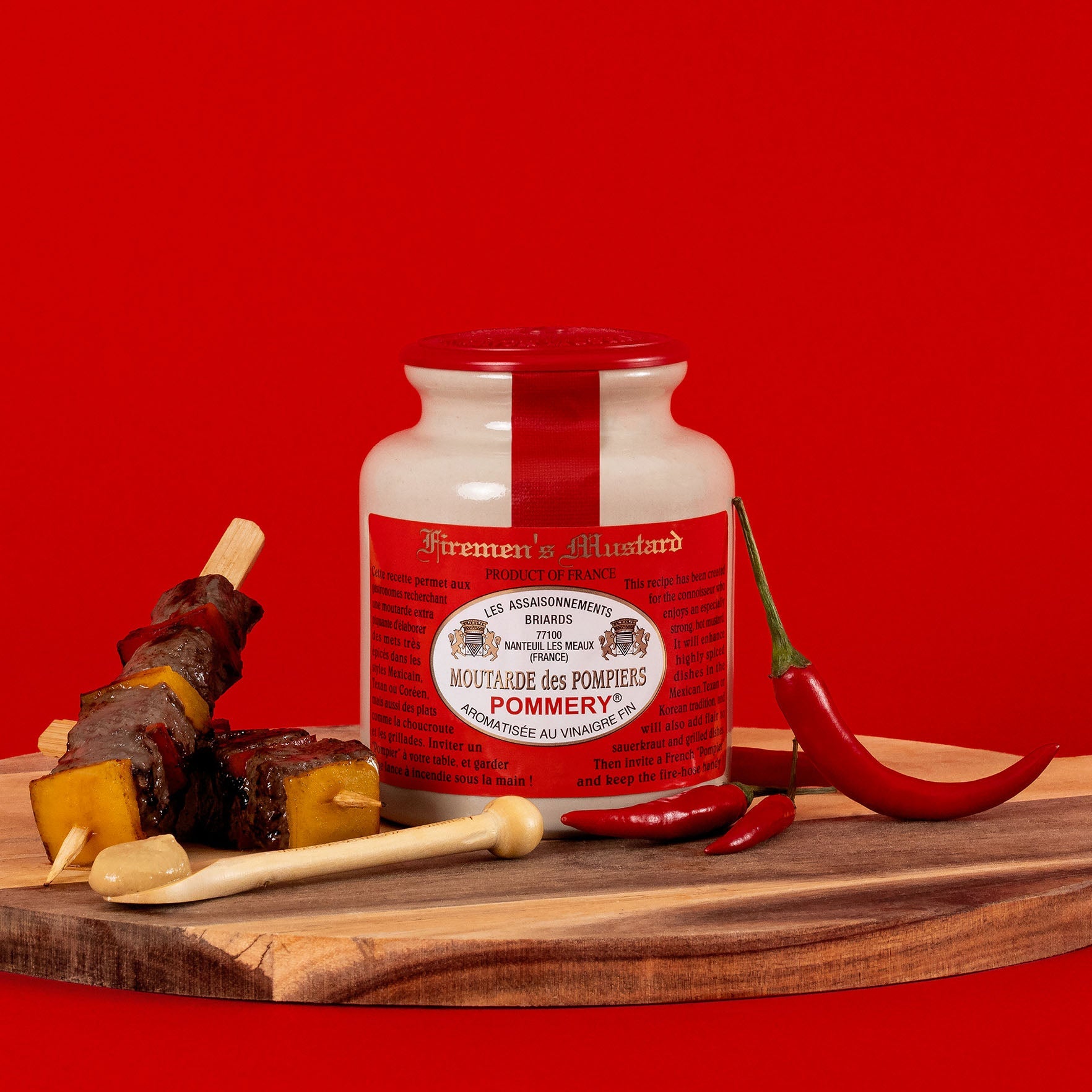The culinary art is often based on subtleties, and among these, the agreement between mustard and meat occupies a prime place. Far from being a condiment, mustard can transform an ordinary dish into a memorable taste experience. Its characteristic spiciness, its creamy texture and its multiple variations make it a valuable ally in the kitchen.
The right mustard can enhance a meat by creating a perfect balance between flavors. It not only brings character, but also an additional dimension that complements the intrinsic qualities of meat. Between acidity, piquant, sweetness and varied flavors, each type of mustard has its own assets to enhance the different meats.
Sweet mustard
Features
The sweet mustards are distinguished by their subtle aromatic profile and low piquancy. Usually prepared with yellow (or white) seeds less burning, they offer a delicate flavor that does not mask the tastes to which they are associated. These mustards often contain higher levels of sugar or softening ingredients such as honey, maple syrup or fruit. They are usually creamy in texture and pale yellow to light brown in colour. Pommery® Honey Mustard is a perfect example of sweet mustard that will go great with your meat dishes.
Perfect for:
White poultry
Sweet mustards are ideal to accompany white poultry such as chicken or turkey. Their sweetness respects the finesse of these meats while giving them a gourmet touch. A honey mustard, for example, creates a perfect harmony with a roast poultry supreme, forming a slight caramelization during cooking. For a simple preparation, brush your poultry with a mixture of mild mustard, fresh herbs and a drizzle of olive oil before cooking.
The calf
The delicacy of veal goes wonderfully with sweet mustards. Whether to top a escalope, enrich a sauce or accompany a roast, these mustards bring a complementary flavor without ever dominating this refined dish. A mustard with herbs or tarragon particularly enhances the veal medallions, creating an elegant marriage between the tenderness of the meat and the aromatic notes of the condiment.
Cold meats
Cold meats, such as white ham, cold pork roast or cold poultry, find in sweet mustards the partners of choice. These condiments bring a touch of freshness and lightness ideal for a buffet, a gourmet sandwich or a summer plate. For a plate of fine charcuterie, propose a selection of sweet mustards: old-fashioned, with herbs or fruits, which will enhance each type of meat without dominating them.
The classic mustards
Taste profile
The classic mustards, emblematic of the French culinary tradition, are characterized by a perfect balance between vivacity and creaminess. Their moderate piquancy stimulates the taste buds without being aggressive, while their acidity awakens the flavors of dishes. Made mainly from mixed brown and yellow seeds, they offer an aromatic complexity where slightly spicy, winey and sometimes fruity notes blend. Pommery® Dijon mustard, a must-have, perfectly illustrates this category with its smooth texture and characteristic pale yellow color.
Ideal with:
The pig
Pork, a meat with many facets, finds in the classic mustards an ideal complement. Whether it is a filet mignon, a rib or a roast, these condiments provide a touch of acidity that perfectly balances the slightly fatty side of this meat. A Dijon mustard sauce is the perfect accompaniment to a filet mignon, while a simple classic mustard toast instantly enhances a pork roast sandwich. For a more elaborate dish, add the mustard to a marinade with honey and herbs before roasting your pork piece.
Ham
The marriage between ham and classic mustard is one of the most traditional in French gastronomy. Whether it’s a braised ham, butter-ham or croque monsieur, the medium mustard brings that touch of character that makes all the difference. Its moderate strength respects the sweetness of the ham while adding an extra dimension. For a ham with bone, prepare a moutarée sauce by mixing classic mustard with some crème fraîche, some chopped herbs and a hint of honey.
Charcuterie
The charcuteries, with their pronounced and often spicy flavors, go perfectly with classic mustards that counterbalance their richness. Sausages, pâtés, terrines or andouilles find in these mustards a partner to their measure. On a platter of cold cuts, propose a traditional Dijon mustard that will adapt to each product, or opt for a slightly flavored mustard with herbs that will bring a touch of welcome freshness.
Grilled meat
Grilled pork, poultry or beef get more flavor when paired with a classic mustard. The slightly caramelized side of grilled meats goes beautifully with the moderate piquancy of these condiments. Offer a classic mustard as an accompaniment to a summer barbecue or add it to a sauce to cover your skewers. For a more elaborate arrangement, prepare a semolina butter by mixing softened butter with conventional mustard and fresh herbs, to be placed on your meats immediately after cooking.
Strong mustard
Special features
Strong mustards are distinguished by their intense character and their pronounced spiciness that instantly awakens the taste buds. Produced mainly from black seeds (Brassica nigra), they contain a high concentration of sinigrine, the molecule responsible for their characteristic ardor. Their powerful flavour, which can even cause a nose rise, is often accompanied by a slight bitterness and remarkable aromatic complexity. Pommery® Firefighters' Mustard or Pommery® Green Pepper Mustard are emblematic examples of this category. Their texture can vary from very smooth to grainy, and their color usually ranges from bright yellow to brown.
To be associated with:
Beef
Red meats such as beef, with their pronounced taste and dense texture, admirably support the strong character of strong mustards. A strong mustard fillet perfectly enhances a grilled steak or beef tartare, creating a striking contrast that highlights the richness of the meat. For roast beef, prepare a strong mustard crust mixed with herbs and breadcrumbs before cooking. At the table, offer a strong mustard with a pot au feu or boiled beef to awaken the flavors of these simmering dishes.
Lamb
Lamb, with its characteristic notes sometimes called wild, finds in strong mustards an ideal counterpoint. Their powerful spiciness balances the slightly pronounced side of this meat, especially in the most typical pieces such as shoulder or ribs. A rack of lamb in a crust of strong mustard and herbs from Provence is an exceptional dish where the flavors meet harmoniously. For a leg, brush it lightly with strong mustard before sprinkling it with garlic and rosemary for a fragrant and tasty cooking.
Game
Game, whether it is wild boar, deer, roe deer or feathered game such as pheasant or quail, goes remarkably well with strong mustards. These meat with a strong character and deep flavors require condiments to fit them. A red wine and strong mustard sauce will go well with a boar stew or roast deer. For a simpler preparation, propose a strong mustard with crushed juniper berries to accompany a game platter. These powerful chords are particularly appreciated during winter meals, when the game is in the spotlight.
By following these chord tips, you will discover that mustard is not just a condiment, but a true taste revelator. Don’t hesitate to experiment and refine these associations according to your personal preferences, because when it comes to gastronomy, if the rules are made to guide, they are also made to be reinterpreted with creativity. And to start, we suggest you try this recipe of Gâtinais roasted farm chicken supreme, old mustard under the skin, and new potatoes!



